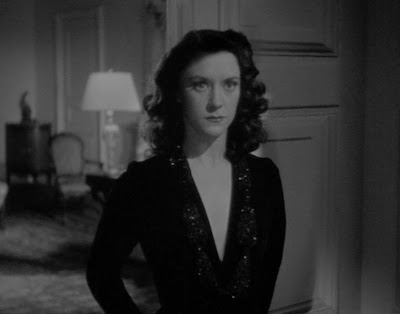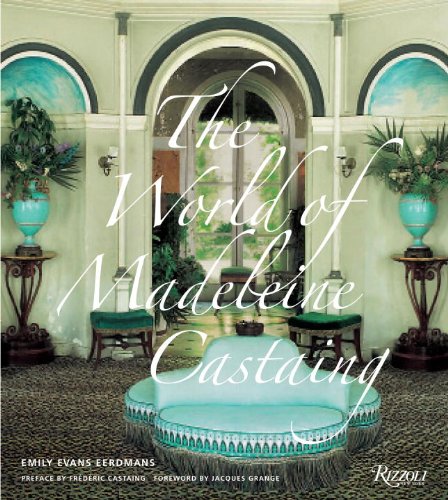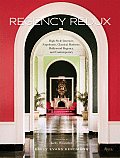Anyone who has read legendary decorator Billy Baldwin's memoir Billy Baldwin Remembers will be more than curious to see photos of Little Ipswich, the Long Island country house of his mentor Ruby Ross Wood which he lavished with praised for its evident chic.
I recently stumbled across an article in the March 1943 issue of The Magazine Antiques which featured the antiques collection at Little Ipswich. These are the accompanying illustrations which offer a rare glimpse into this fabled residence.
 Delano and Aldrich designed the neo-classical house which was built in Syosset, Long Island between 1927 and 1928. Wood specified a one-story building so that she could have soaring ceilings in every room.
Delano and Aldrich designed the neo-classical house which was built in Syosset, Long Island between 1927 and 1928. Wood specified a one-story building so that she could have soaring ceilings in every room. The Library
The LibraryWood was a huge enthusiast of neoclassical antiques - the article points out that French Directoire and English Regency, clearly on view here, were particularly favored by Mrs. Wood. The maroon and tan upholstery on the sofa and armchair were picked up by the Aubusson rug.
Even though the focus here is on antiques, Wood took pains to express that she was in no way interested in living in a Museum-like setting - it was all about "up-to-date" comfort.
Even though the focus here is on antiques, Wood took pains to express that she was in no way interested in living in a Museum-like setting - it was all about "up-to-date" comfort.
To my mind, the inlaid floor (which dates to the Directoire period and was salvaged from a French manoir) makes the room. A dark green-painted Sheraton-style tester bed is hung with "gray green" taffeta which matches the walls. Note the swans on the rug - a motif Wood used throughout the house.
Sadly, Little Ipswich was demolished, but the words of Mrs. Wood - whether attributed to her or de Wolfe and which were as unerring as her taste - are timeless.
UPDATE: Little Ipswich was demolished in the early 1990's to make way for a development called the Pironi Estates. Click here to see one of the hideous McMansions that make up what is now a sub-division.
photos by Drix Duryea
























































